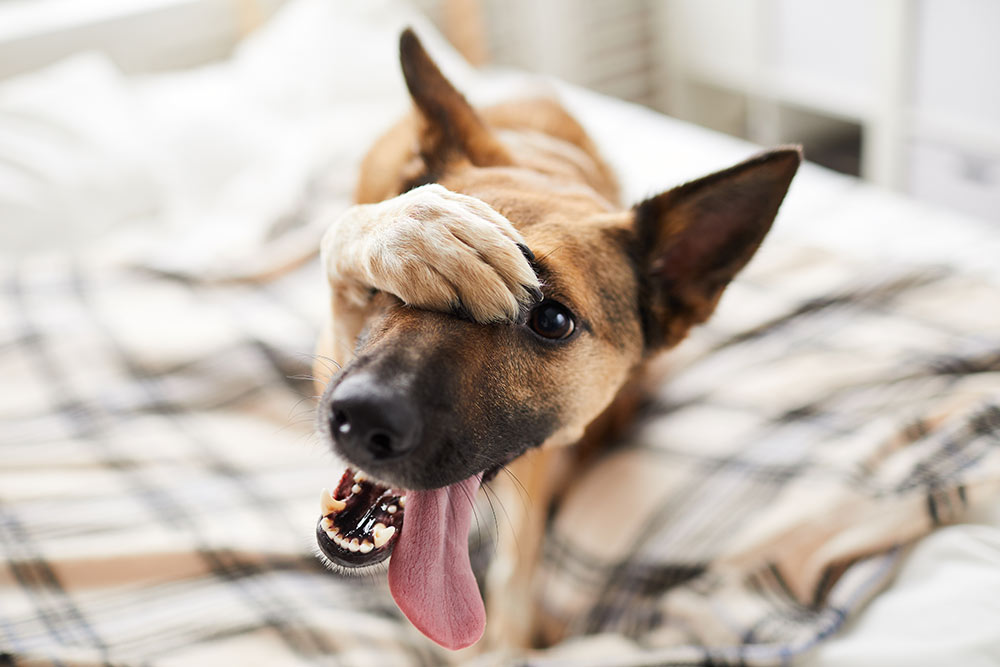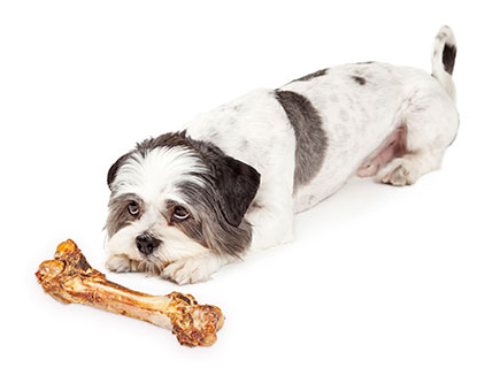What Is It?
Separation anxiety happens when a dog that’s hyper-attached to his owner gets super-stressed when left alone. It’s more than a little whining when you leave or a bit of mischief while you’re out. It’s a serious condition and one of the main reasons owners get frustrated with their dogs and give them up. But there are plenty of things you can do to help.
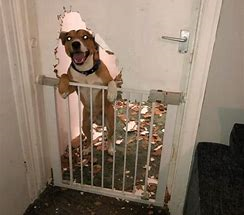 Signs of Separation Anxiety
Signs of Separation Anxiety
A dog who has it shows a lot of stress when he’s alone. He might:
- Howl, bark, or whine to excess
- Have indoor “accidents” even though he’s housebroken
- Chew things up, dig holes, scratch at windows and doors
- Drool, pant, or salivate way more than usual
- Pace, often in an obsessive pattern
- Try to escape
HOW TO TREAT SEPERATION ANXIETY
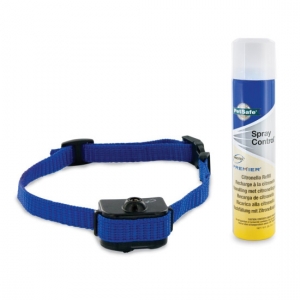 If the Problem Is Mild …
If the Problem Is Mild …
- Make sure your pet gets lots of exercise every day. A tired, happy dog will be less stressed when you leave.
- It’s also key that you challenge your pet’s mind. Play training games and fetch. Use interactive puzzles. He works his mind as well as his body. That will keep him busy, happy, and too tired to be anxious while you’re gone.
- Give your dog a special treat each time you leave (like a puzzle toy stuffed with treats). Only give him this treat when you’re gone, and take it away when you get home
- Create a comfortable and safe place for your dog to stay and provide lots of toys for them to chew on
- Play soothing sounds like classical music to help your dog relax
- Make your comings and goings low-key without a lot of greeting. Ignore your pup for the first few minutes after you get home.
- Leave some recently worn clothes out that smell like you.
- Use a Citronella Barking Collar until your pet adjusts to your new work schedule
- Consider doggy daycare or having someone come to the house to walk your dog mid-day.
- If finances are a problem talk to your neighbors about helping out short term
- Never punish your dog for any destruction, barking or mess in your absence as this will increase his worries and make it more likely to happen again
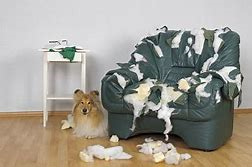 If the Problem Is More Serious …
If the Problem Is More Serious …
- A dog with severe anxiety won’t be distracted by even the tastiest treats. You’ll need to slowly get him used to your absence.
- He may start to get nervous when he sees signs you’re about to leave, like putting on your shoes or picking up your keys. So do those things, but then don’t leave. Put on your shoes and then sit down at the table. Pick up your keys and watch TV. Do this over and over many times a day to desensitizing them
- When your dog starts to feel less anxious about that, you can slowly start to disappear. First just go on the other side of the door. Ask your dog to stay, then close an inside door between you. Reappear after a few seconds. Slowly increase the amount of time you’re gone. Put on your shoes and pick up your keys. Ask your dog to stay while you go into another room.
- Slowly increase the amount of time you’re gone. Start using an outside door, preferably not the same one you go out every day. Make sure your dog is relaxed before you leave.
- Gradually build up the time until you can leave the house for a few minutes. Then stay away for longer and longer periods.
- In severe cases consult your veterinarian for medication like prozac, xanax, clomicalm, or sileo in conjunction with behavior modification techniques above

